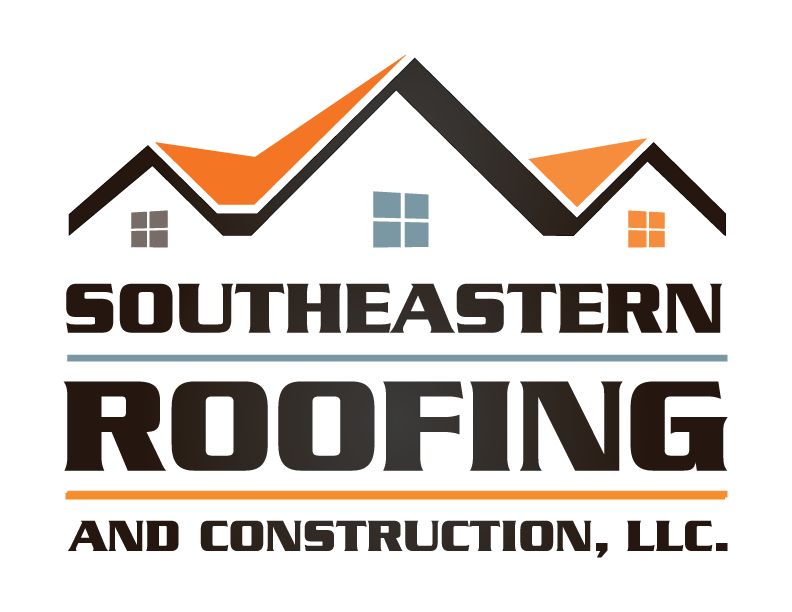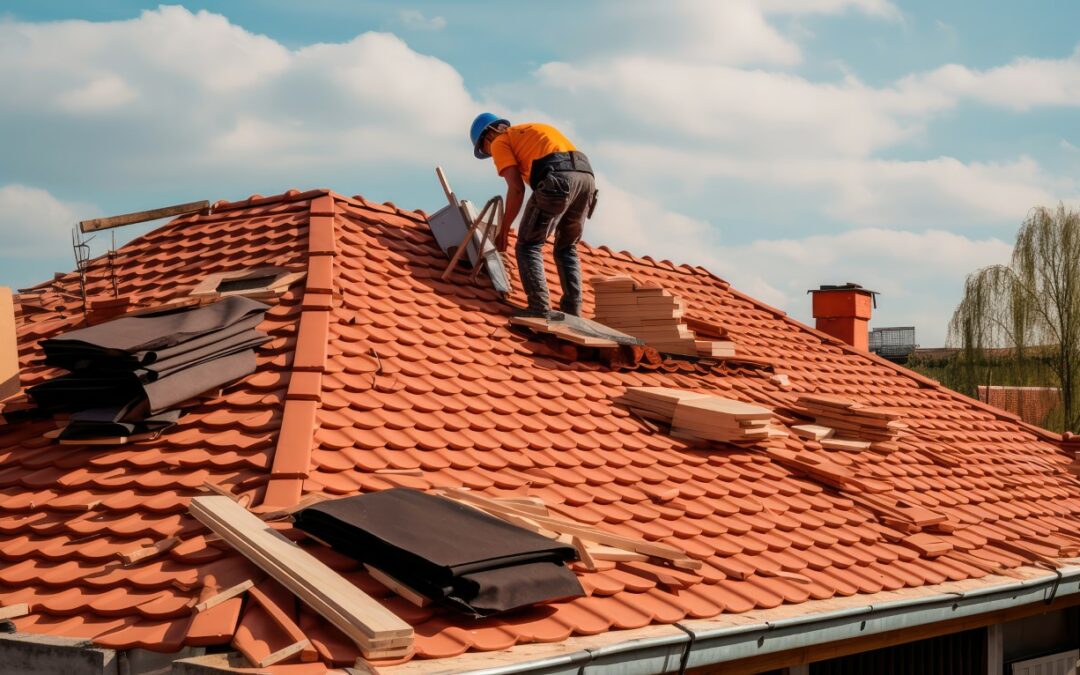Welcome, fellow homeowners, to our comprehensive guide on professional roof inspection and replacement. As fellow enthusiasts of maintaining our humble abodes, we understand the importance of a sturdy roof.
In this article, we will delve into the signs of roof damage, the process of hiring a professional roof inspector, and when it’s time to consider a roof replacement.
Join us as we embark on this journey to ensure our homes are safe, secure, and protected from the elements.
Key Takeaways
- Professional roof inspection is important for ensuring the long-term integrity and functionality of roofs.
- Hiring a professional roof inspector with the necessary expertise and experience is crucial to detect signs of damage and address them promptly.
- Regular maintenance and repairs can help extend the lifespan of a roof, but there are certain situations where roof replacement may be necessary.
- DIY roof inspection can help identify if roof replacement is necessary, but cost considerations should be taken into account when making an informed decision.
Importance of Professional Roof Inspection
Conducting a professional roof inspection is crucial in ensuring the long-term integrity and functionality of our roofs. Not only does it provide numerous benefits, but it’s also cost-effective in the long run.
Regular inspections help identify any potential issues before they become major problems, saving us from expensive repairs or even a complete roof replacement. By detecting early signs of damage, such as leaks, cracks, or deteriorating shingles, we can address them promptly, preventing further deterioration and the associated costs.
Additionally, a professional inspection allows us to assess the overall condition of our roof, including its ventilation, insulation, and drainage systems. This comprehensive evaluation ensures that our roof remains structurally sound, energy-efficient, and capable of withstanding the elements.
Now, let’s delve into the next section and explore the various signs of roof damage.
Signs of Roof Damage
After conducting a professional roof inspection and understanding the importance of identifying potential issues early on, we can now turn our attention to the signs of roof damage.
Regular roof maintenance is crucial in preventing costly repairs and ensuring the longevity of your roof.
Common roof problems can manifest in several ways. One of the most obvious signs of damage is a leaking roof, which can be identified by water stains or dampness on the ceiling or walls.
Another sign is missing or damaged shingles, which can expose the underlying layers to water and further deterioration.
Additionally, sagging or uneven areas on the roof may indicate structural damage or poor installation. Look out for cracked or deteriorating flashing, as it can lead to water infiltration and subsequent damage.
Lastly, excessive granule loss on asphalt shingles is a sign of aging and potential roof failure.
Regularly inspecting your roof for these signs of damage will help you address issues promptly and avoid costly repairs down the line.
Hiring a Professional Roof Inspector
To ensure thorough and accurate roof inspections, we recommend hiring a professional roof inspector. While it may seem tempting to save money by conducting the inspection yourself, it’s important to remember that professionals have the necessary expertise and experience to detect even the smallest signs of damage.
When looking for a reliable inspector, consider their qualifications, certifications, and reputation in the industry. It’s also essential to inquire about the cost of the inspection upfront, as prices may vary depending on the size and complexity of your roof.
Keep in mind that hiring a professional roof inspector not only provides peace of mind but also ensures that any potential issues are addressed promptly, saving you from costly repairs in the long run.
Roof Inspection Process
Our approach to roof inspections involves thoroughly assessing the condition of the roof to identify any potential issues or damage. To ensure a comprehensive inspection, we follow a roof inspection checklist that covers all the key areas.
Firstly, we examine the shingles or tiles for any missing, cracked, or damaged pieces.
Next, we inspect the flashing around chimneys, vents, and skylights to ensure they’re watertight.
We also check for signs of water damage, such as stains or rot, on the ceilings and walls inside the building.
Additionally, we inspect the gutters and downspouts for clogs or damage that may cause water to accumulate on the roof.
When to Consider Roof Replacement
When assessing the condition of a roof, it’s important to determine if it’s time for a replacement. While regular maintenance and repairs can extend the lifespan of a roof, certain signs indicate the need for a new roof.
One of the main factors to consider is cost. If the cost of repairs exceeds the cost of a replacement, it may be more cost-effective to opt for a new roof.
Additionally, a DIY roof inspection can help identify if a replacement is necessary. Look for signs such as multiple leaks, extensive damage, or a roof that’s nearing the end of its expected lifespan.
Taking these cost considerations and DIY inspections into account will help homeowners make an informed decision about a roof replacement.
Conclusion
In conclusion, a professional roof inspection is a crucial step in maintaining the integrity and longevity of your roof.
By hiring a skilled roof inspector, you can identify signs of damage early on and take necessary measures to prevent further issues.
Remember, regular inspections and timely replacements, when needed, can save you from costly repairs in the long run.
So, don’t overlook the importance of professional roof inspections and ensure the safety and durability of your home.

